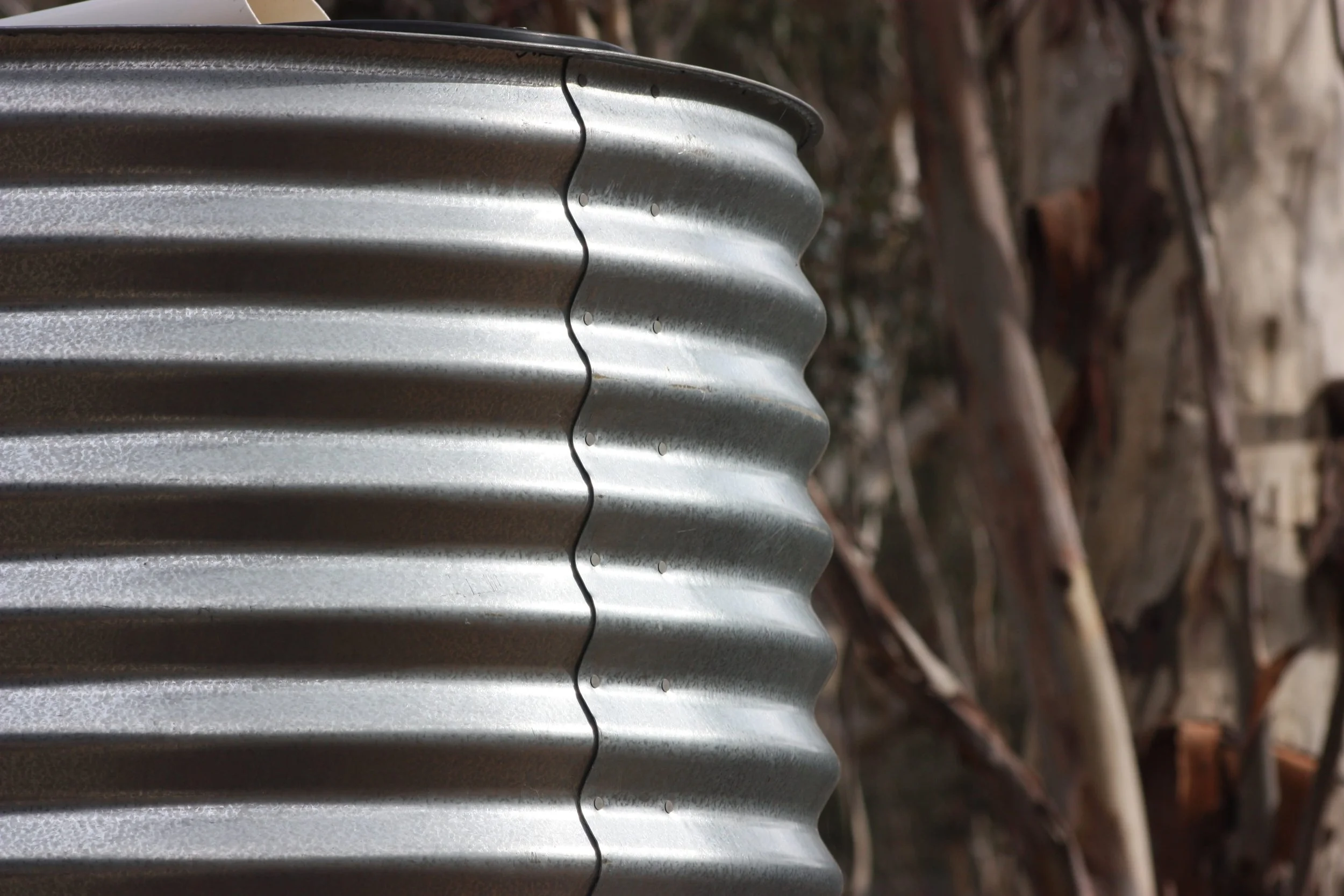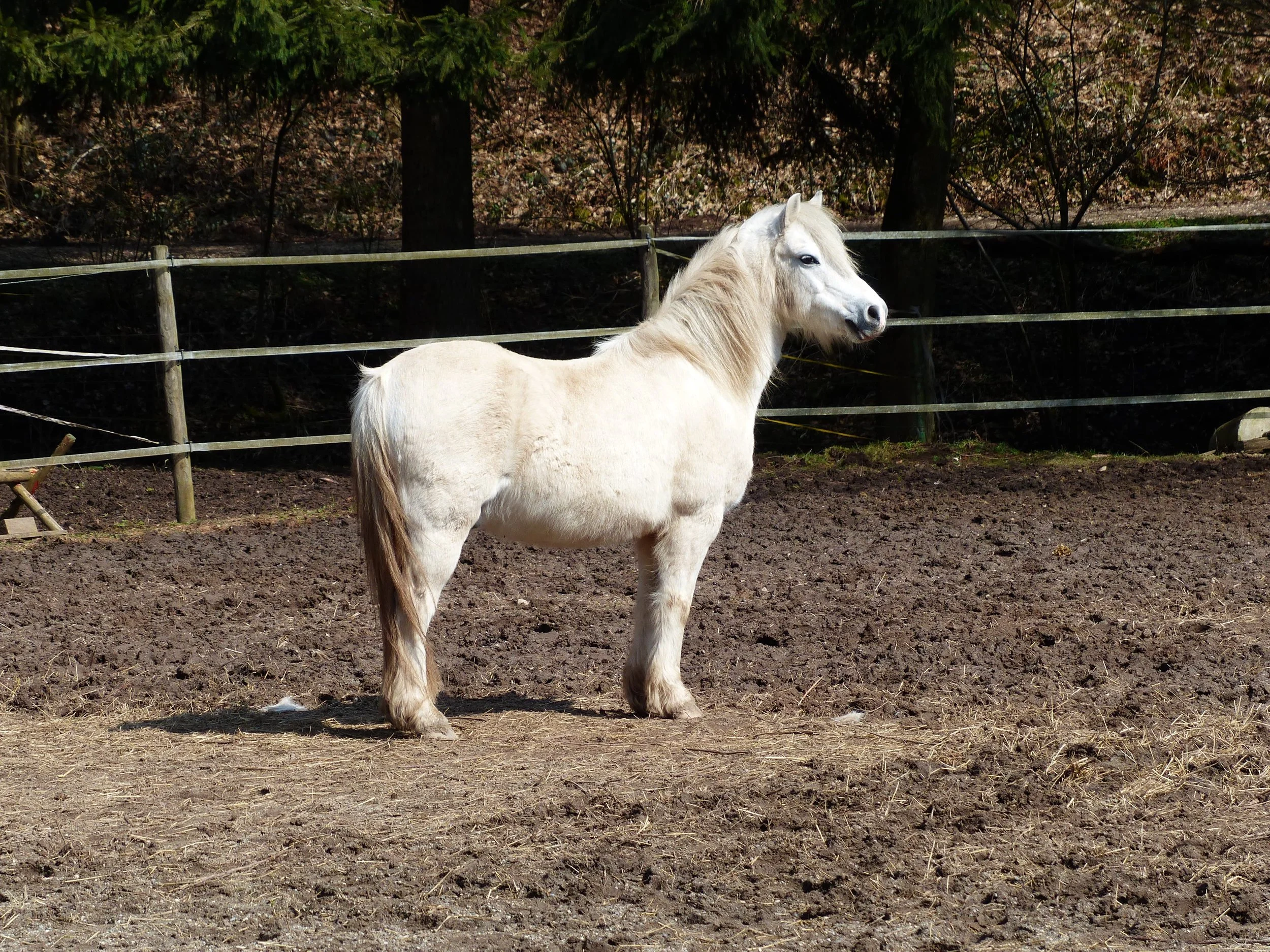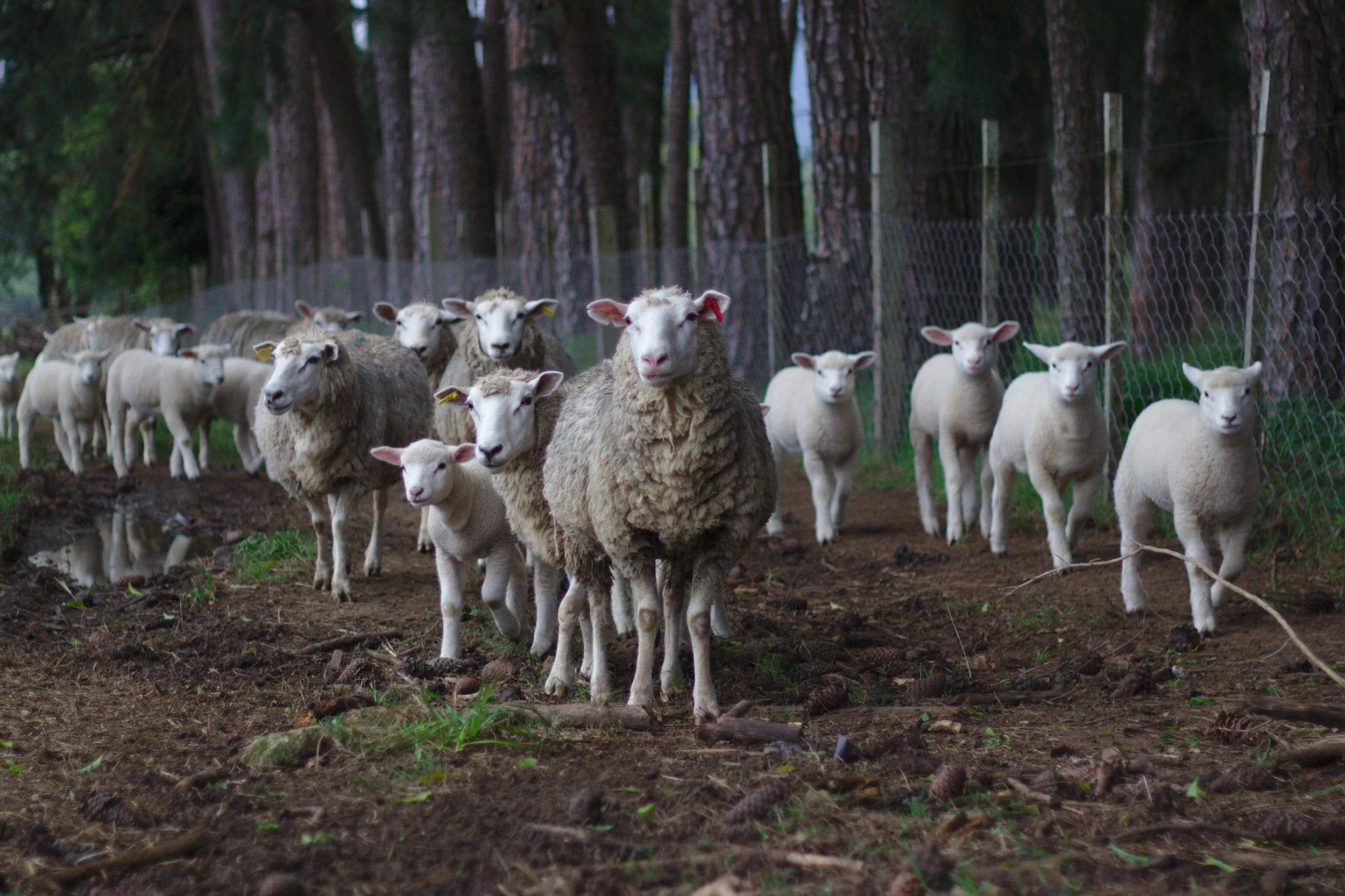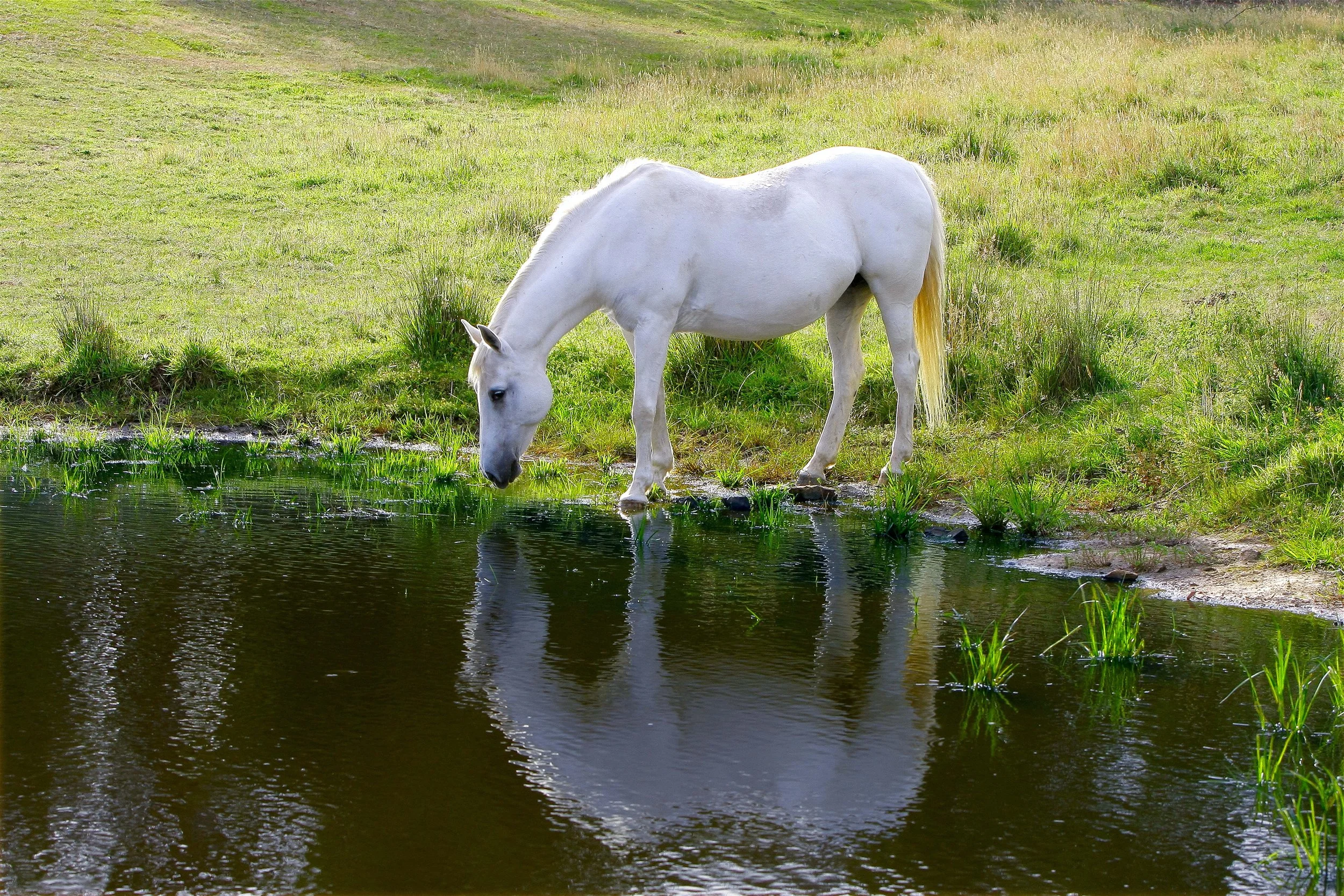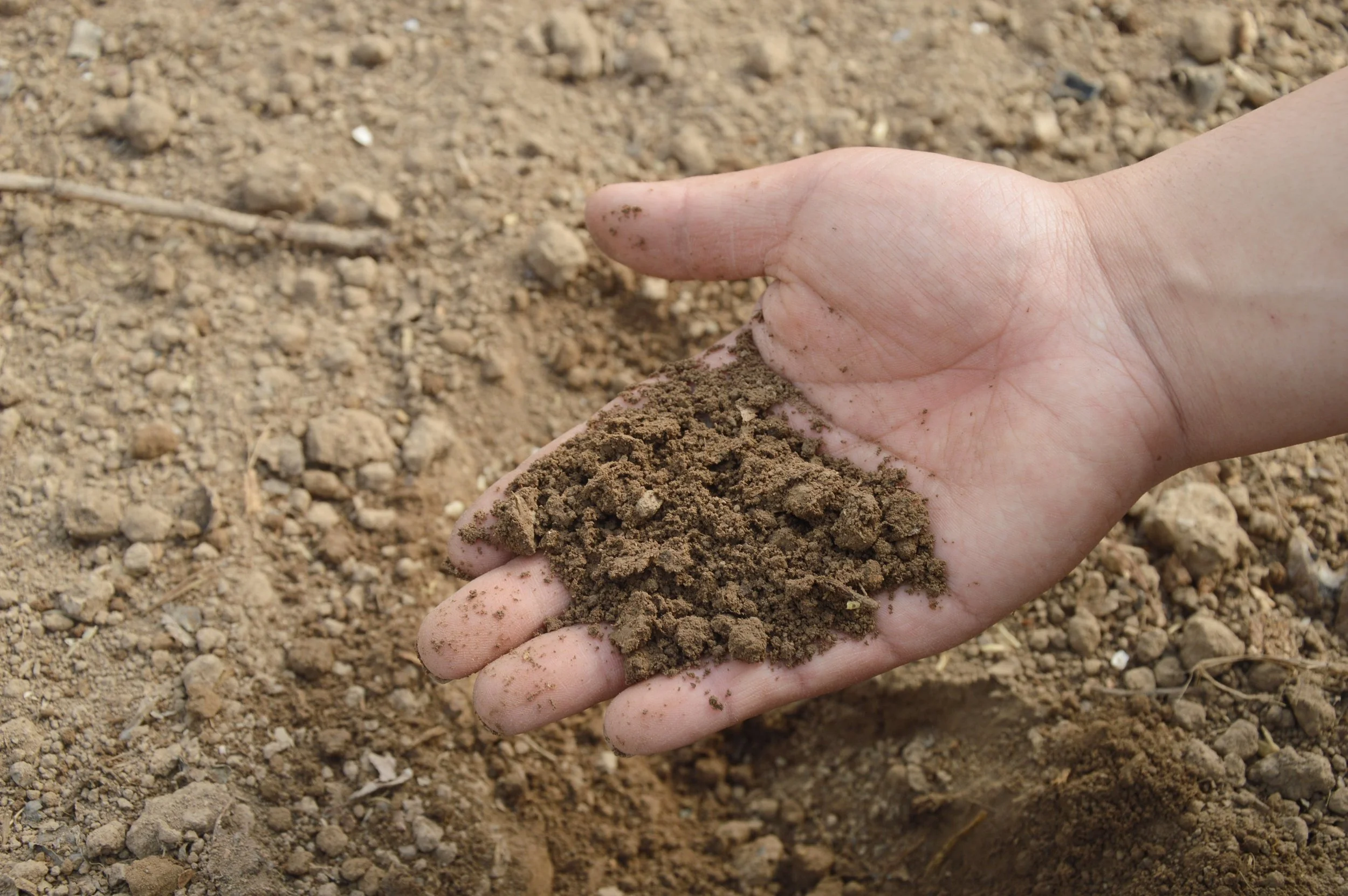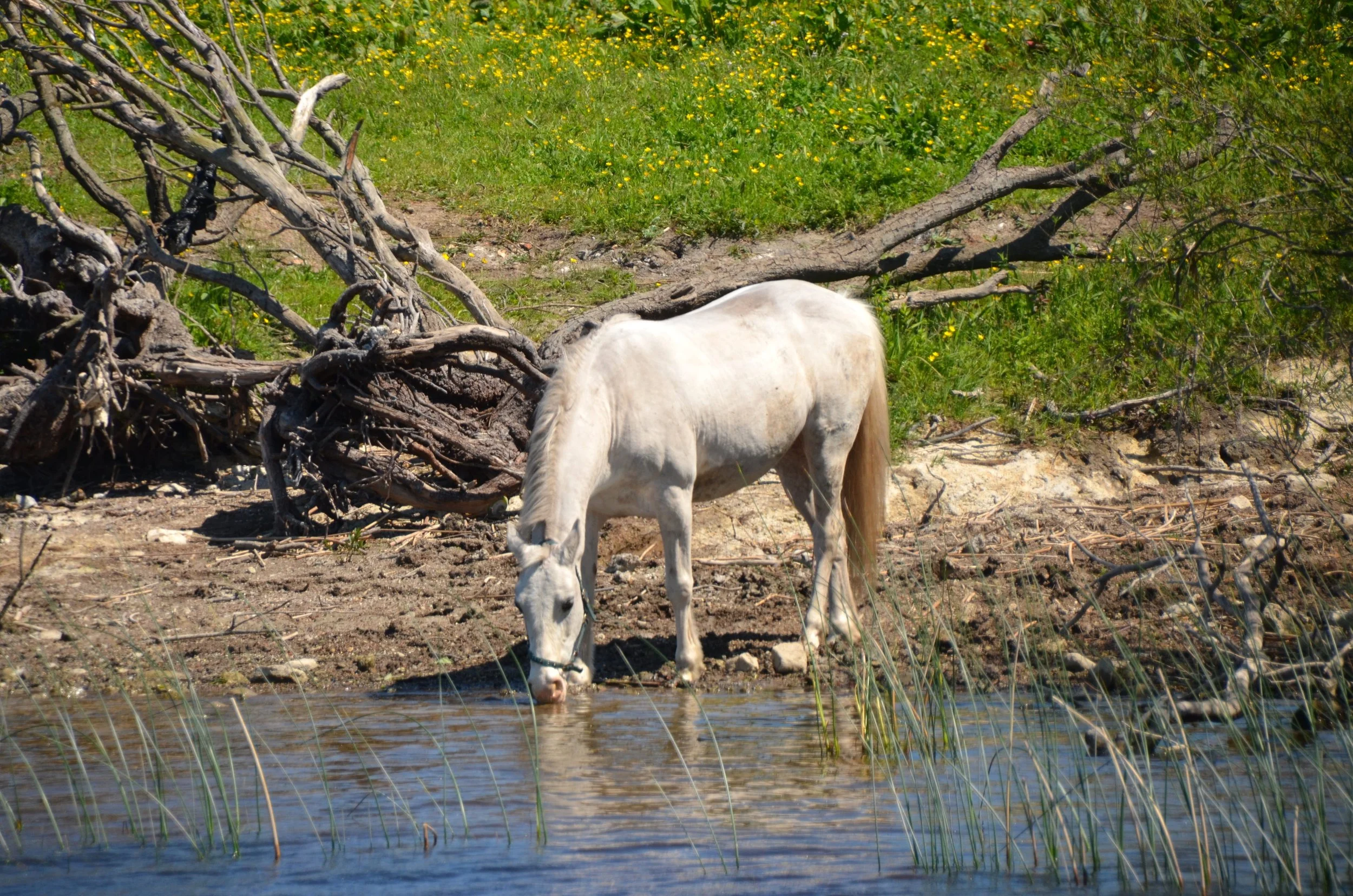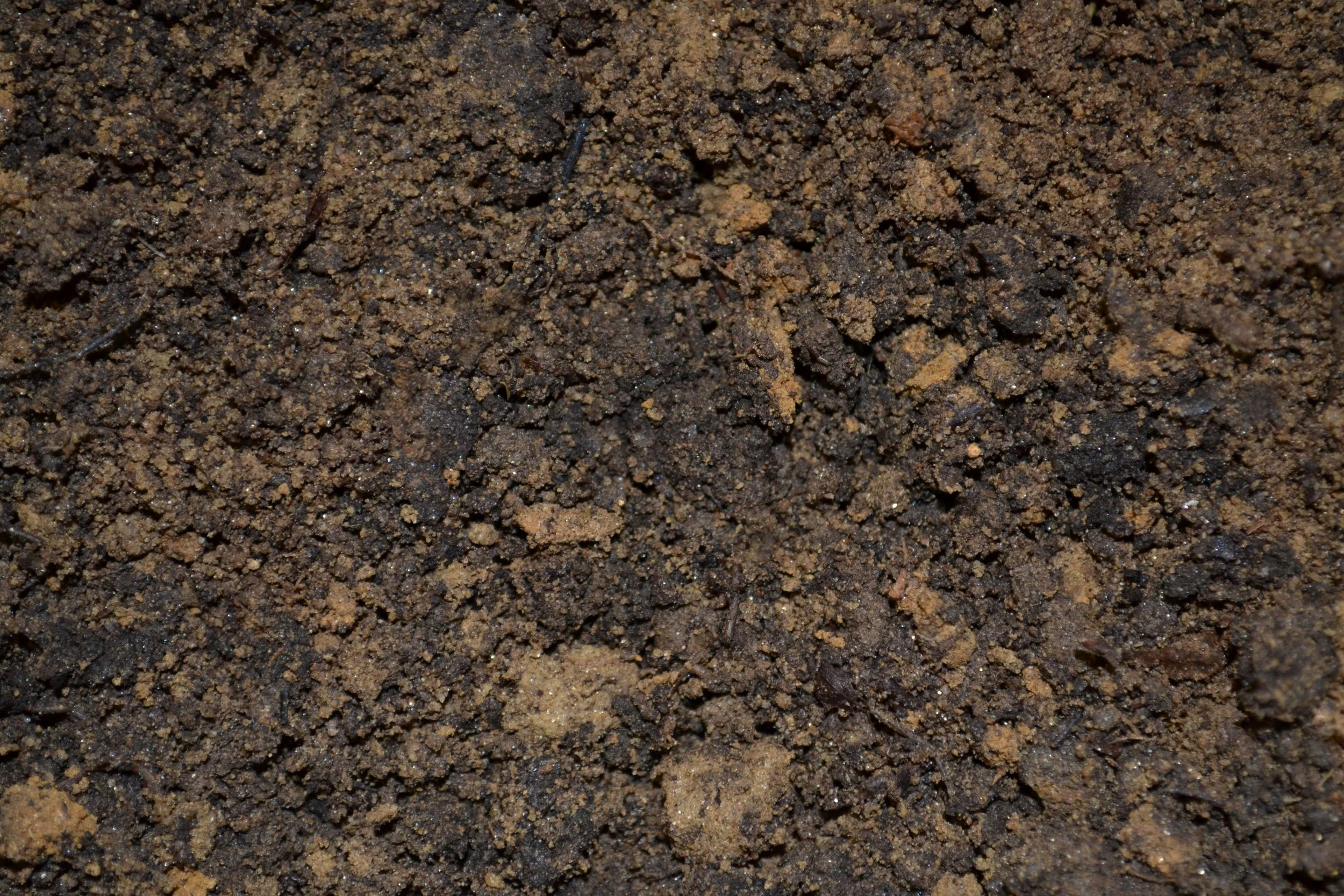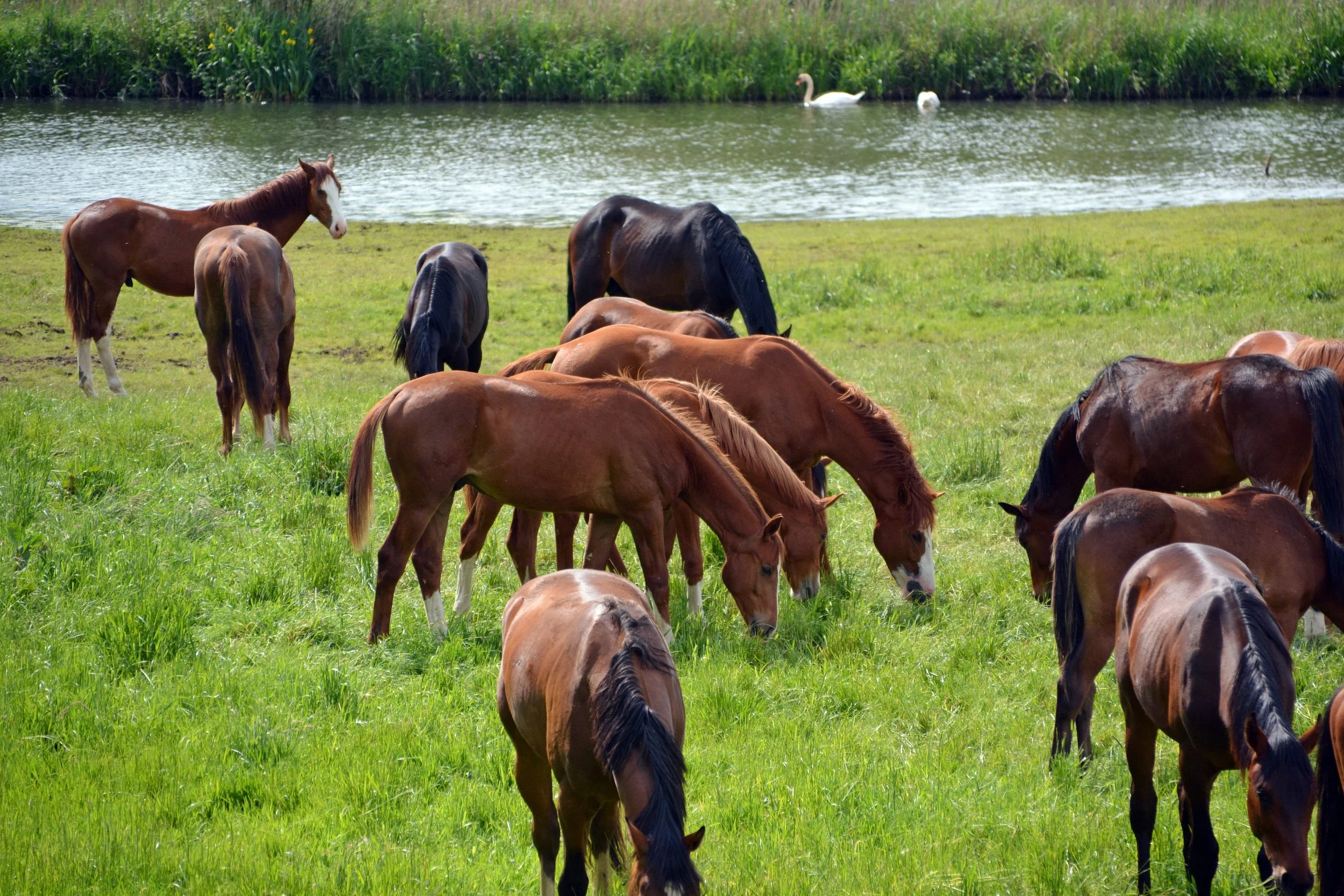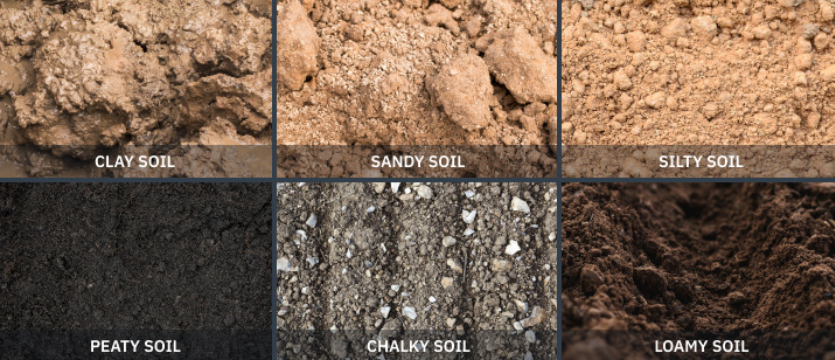Your Guide to Soil Testing on a Farm
Soil sampling and soil testing – is the key to healthy soil, healthy pasture and healthy livestock/farm animals, crops and vegetable gardens.
If you don’t know the nutrients in your farm’s pasture soil – you might be at risk.
Of what?
Of growing less grass than is possible, producing a less nutritious feed
even at risk of damaging the health of your soil, livestock/farm animals and harming the environment as well.
It’s that important that you do a soil analysis on your farm.
When and how often should I have my soil tested?
There are a wide range of reasons to test your soil including:
If you sell produce off the farm (including milk), you need to test soil annually because crop removal rapidly depletes soil of nutrients.
If you graze animals you need to test every 2–3 years to ensure nutrients are in balance.
Any major climatic events (fire, flood, drought) will have an impact of soil quality.
Poor crop or stock performance could be an indication of poor soil health and should be investigated.
Why it’s important to do soil testing on a farm
1. Get exceptional growth rates with your pasture
2. Grow nutritious grass that genuinely feeds your livestock/farm animals
3. Avoid damaging the health of your soil
4. Avoid harming the health of your livestock/farm animals
1. Get exceptional growth rates with your pasture
The health and abundance of your pastures depend on healthy and nutritious soil. Without one, your pasture will suffer in more than one way.
without a nutritious soil – your pasture’s growth rate will be slow.
This slow growth rate can cause a series of problems – from unwanted changes in your pasture management plan to stress and frustration.
2. It will also cause less dry matter to grow for your livestock/farm animals and might bring about the need for additional bought-in feed.
This bought-in feed will (obviously) mean – more expenses for your farm. These costs you can avoid if you take action and do a proper nutrient management plan – starting with a soil sample and soil test.
A well-balanced pH level in your soil can potentially lead to a 50% increase in your pasture yield.
2. Grow nutritious grass that genuinely feeds your livestock/farm animals
Farms that don't have an excellent pasture management plan or a nutrient management plan end up spending a lot of money on additional fodder for their livestock/farm animals. Its not just about rotating or resting pastures. It won't work unless your soil is correct. Irrigation will not compensate for quality pasture either, you could be actually irrigating pasture with acidic or alkaline water from Dams.
If you believe you are sparing time from creating pasture and nutrient management plans – and earning more money like this, you will end up spending more money, if not today, in the long- run.
A good nutrient management plan relies on soil sampling, soil testing and water testing. For farms – it’s recommended that you test your soil – at least every three years.
Once you know the nutrient makeup of your soil – you also get an idea of the nutrients that your livestock/farm animals are getting via their feed intake.
2.Less nutritious grass equals fewer nutrients in your farm animals equals less production and poorer animal health.
Then to fix this problem – you might end up spending money on additional feed, for which you don't know for sure the number of nutrients in it or the soil it has grown in without spending money on feed testing (which is the recommendation).
Then – why not take matters in your own hands? Sample and test your soil and make sure it has all the nutrients it needs to grow rich and nutritious grass. Grass that leaves your livestock/farm animals healthy and producing.
Remove many of your worries and problems by going straight to the root of the matter – your soil. Soil test for grass to get good grass growth and animal performance.
3. Avoid damaging the health of your soil
If you haven't tested your soil but are applying fertilisers or manure – you might be damaging your land.
Not improving soil health and nutrient richness.
If your soil has a balanced level of acidity or a high level of acidity (pH) and you fail to add a buffer such as additional lime – the pH of your soil will not reach healthy levels.
Why is this bad?
A high level of acidity in your soil will create damage to the ‘crumbliness’ property of your soil.
What does this mean?
You will have to deal with the “soil friability effect” – which causes a very compact and hard soil.
Even if this might sound like a good thing – it’s not. It’s not like with bread baking – where you want your bread to be nice and not to crumble. On the opposite, you want your soil to crumble – it’s a sign that it’s a healthy soil that is rich in nutrients.
A friable soil is also essential because it allows for adequate and healthy drainage to take place. Otherwise, you will have problems when your soil becomes water clogged.
The acidity destroys and eats through your soil crumbs – which are rich in minerals. This negative effect doesn’t happen overnight.
You might be applying lime and other nutrients and then wake up in a few months with your soil hardened and less pasture has grown, or you even have dead grass. All while you were expecting to see a higher pasture cover and a higher pasture growth rate.
Fertilising past the needed level doesn't only destroy the friability of your soil – but can also damage healthy micro-organisms in your soil.
Micro-organisms that help raise your pasture’s defences against degradation, damage and pests or diseases. Micro-organisms which are also in charge of balancing out the nitrogen level in your soil – which if killed, can either lower it or raise too much.
4. Avoid harming the health of your livestock and farm animals
It's probably no surprise that healthy livestock/farm animals need nutritious pasture to graze.
It should then be no surprise that unhealthy pasture will make your livestock/farm animals sick.
And what makes pasture unhealthy?
Unhealthy soil and non monitoring of parasites.
Healthy soil depends on many practices including rotational grazing, worming and testing programs, worm monitoring, safe fertilising and soil sampling testing.
Sampling and testing your soil for pasture will let you know about essential nutrients such as nitrogen, phosphorous and potassium, but also about iron and zinc among other trace minerals.
It will also tell you about your soil's pH level. Once you know this, you can add fertilisers to balance the levels of each nutrient – making sure your livestock/farm animals are getting healthy nutritious grass.
What are the health consequences of livestock/farm animals eating unfertile grass?
One big issue is livestock/farm animals fertility.
According to the study ‘Impact of nutrition on fertility in livestock/farm animals, with particular reference to grass-based diets' – livestock/farm animals take longer to return to oestrus, display more minor signs of oestrus, have more significant early embryo loss and may have more reduced conception rates. The same study puts this problem on … nutrition. Which means – it's not permanent, and is fixed with adjusted nutrition. Instead of giving your livestock/farm animals artificial supplements, or additional expensive feed … try to decide on an organic, holistic solution and fix the nutrients in your soil or a combination of both, which still reduces feeding costs.
Farm water quality – testing treating for stock
How do I know if the water on my property is suitable for livestock supply?
Farm water can come from a variety of different sources and so its quality can vary. Water sources include:
surface water - farm dams, rivers, streams, irrigation channels
groundwater - bores, wells and tanks
town water – drinking water, recycled water
Some of the water on your farm may be of an unsuitable quality for its intended use for irrigation, stock, or other domestic and farm activities. It is therefore important that you identify and correct water quality problems that may impact on-farm use and productivity.
During drought, water quality issues are more commonplace. This is generally because when the water supplies on your property start to become low, salinity, pH and chemicals can reach higher than normal concentrations, and in surface water supplies algal blooms can occur, all of which have the potential to be harmful.
